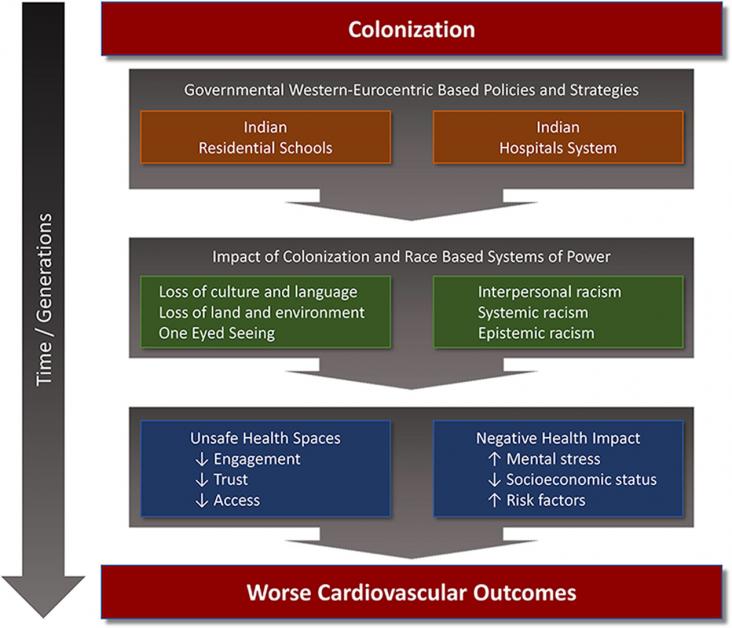This content links with Goal 3: Good health and well-being and Goal 10: Reduced Inequalities by showing how the issue of “inclusion” could be affected by the advancement of artificial intelligence (AI) in medicine through the interaction between rare diseases (RDs) and AI technology.
This content links with Goal 3: Good health and well-being and Goal 10: Reduced Inequalities by providing insights into diagnostic access for undiagnosed and rare diseases in critical care
This content links with Goal 3: Good health and well-being and Goal 10: Reduced Inequalities by providing information on the diagnosis and management of cardiovascular involvement in Fabry Disease.
This content aligns with Goal 3: Good Health as well as Goal 10: Reduced Inequalities by bringing to light research on HPV and breast cancer in women.
This article advances goals 4, 5, and 10 by examining disparities in minority participation in surgical oncology clinical trials.
This chapter advances Goals 7, 16, and 10 by applying an energy justice framework and some concepts from political ecology to identify the distribution of injustices in the lithium global production network. The authors argue that power asymmetries are significant and that more inclusive decision-making processes are needed for the transition to electro-mobility to be compatible with sustainable development and social justice.
This Research Paper supports SDGs 5 and 10 by applying a decision-tree approach to identify subgroups of women at increased risk of IPV across 48 LMICs and to subsequently help design targeted interventions, and by suggesting the need for population-wide approaches in parallel for a large proportion of women with no identifiable risk factors.

The data in this article investigated the extent of human rights awareness in the seven States comprising the Northwest geopolitical zone of Nigeria and its relationship with the characteristics of th
Purpose: The purpose of this study was to explore male nurses’ experiences of workplace gender discrimination and sexual harassment in South Korea.

Colonization and enforced genocidal strategies have collectively fractured and changed Indigenous people by attempting to erase and dismiss their voices and knowledge.
